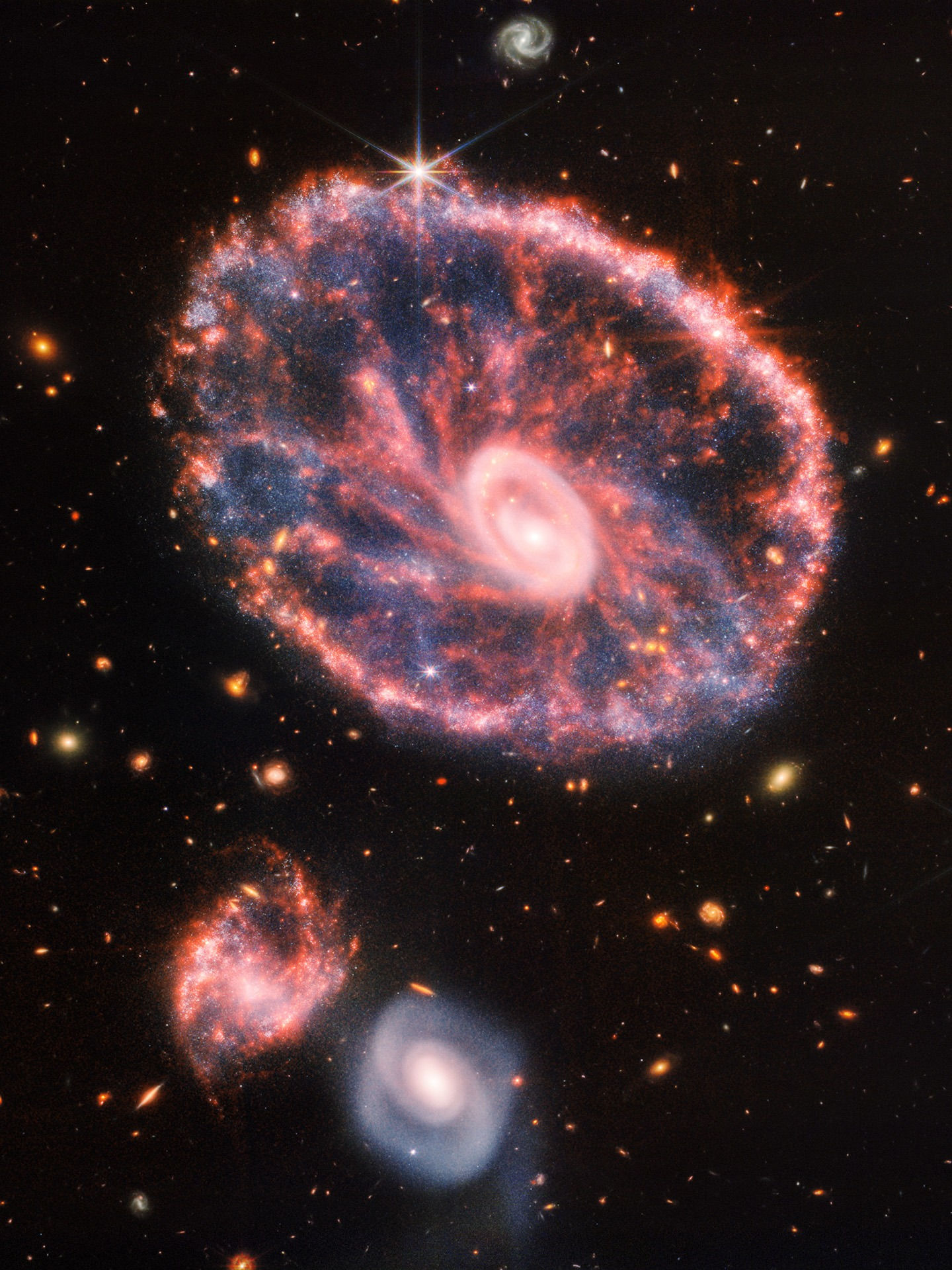Why Solar Eclipses have changed our "Big Picture" of the Universe?
- Prof.Smith
- Aug 14, 2019
- 3 min read
Updated: Feb 27, 2023
Their significance is often underestimated, but lets go back to 1919, when the theory of general relativity was verified by a solar eclipse. Lets remember Sir Arthur Eddington, who during the eclipse of 1919, observed the stars in the constellation of Taurus, and confirmed what Einstein predicted: that gravity bends light.

Going back to the Ancient Greeks, solar eclipses certainly informed them for the fact that the Moon is closer to Earth than the Sun, and certainly they were very significant for their cosmological models in many different ways. An other interesting phenomenon is that the tides become stronger during the day of eclipse (since the Moon and the Sun align), and hence it is understood that people at that time had a strong belief in astrology, as they were unable to imagine that gravity exists not only on Earth, but also in the solar system. It was only Newton who demonstrated the universal nature of gravity in the Universe.
In 1868, a solar eclipse allowed Pierre Janssen to discover the chemical element helium during a solar eclipse, by observing the spectrum of the Sun. He observed an unusual bright yellow line in the solar spectrum, which could only originate from a new chemical element, therefore the element was later named "helium", since it was first observed in the Sun, (from the Greek "Helios", which means "Sun"). Soon later, methods were developed to study the solar spectrum without an eclipse, but even so an eclipse simplified the things for the pioneers of Astrophysics, this new branch of Astronomy that today is so broad and fascinating.
During a total eclipse of the Sun, Moon covers completely the solar disk. Stars may become visible in the sky and we can also observe the solar corona . Total eclipses occur thanks to a remarkable cosmic coincidence: Moon is 400 times smaller than the Sun, which is about 400 times further away hence they appear to have the same size on the sky.

Space instruments in orbit around the Earth may create an artificial solar eclipse so that they can study the physics of the outer layers of the Sun. The corona is a focus of interest because it is the source of the solar wind that can affect satellites and Earth itself, especially through the irregular eruptions of energy called ‘coronal mass ejections’. There is a well known cycle of 11 years during which solar activity changes dramatically. With temperatures reaching more than a million degrees Celsius, the corona is also much hotter than the relatively cool 5500ºC surface of the Sun and is in the so called plasma state. Researchers seek ways to increase the corona’s visibility, chiefly through ‘coronagraphs’ – telescopes bearing discs to block out the direct light of the Sun. These are used both on the ground and in space, as aboard the veteran Sun-watching SOHO satellite.
Aiming for launch in late 2020, Proba-3 is not one but two small metre-scale satellites, lining up to cast a precise shadow across space to block out the solar disc for six hours at a time, and give researchers a sustained view of the Sun’s immediate vicinity. Thanks to the Earth's atmosphere, during a solar eclipse the temperature on Earth does not change significantly. However, during a solar eclipse as viewed from the Moon the temperature on the Moon may change 200 degrees ! The next total solar eclipse on Earth will occur on 26/12/2019. Below, you can see where it will be visible, invisible, or partially visible:

The duration of the total eclipse will be 3 minutes and 40 seconds, unless you are willing to fly along the red line. The maximum will be at 5:14 GMT, and the Moon's radius will be 3% smaller than the Sun, which means that the eclipse might not be exactly visible as a "total eclipse". The variation in size is of course due to the elliptical orbit of the moon around the Earth. Talking more about the historical significance of eclipses, we must know that 4,000 years ago the Chinese king Zhong Kang beheaded two astronomers, who failed to predict an eclipse and also that Thales of Miletus predicted an eclipse that occurred during a battle between the Medes and the Lydians and as a result of the eclipse they declared peace. Today millions of people around the Earth travel thousands of miles to observe this mysterious and rare event, and none can be certain of what a solar eclipse could teach us in the future.






























































































Comentarios